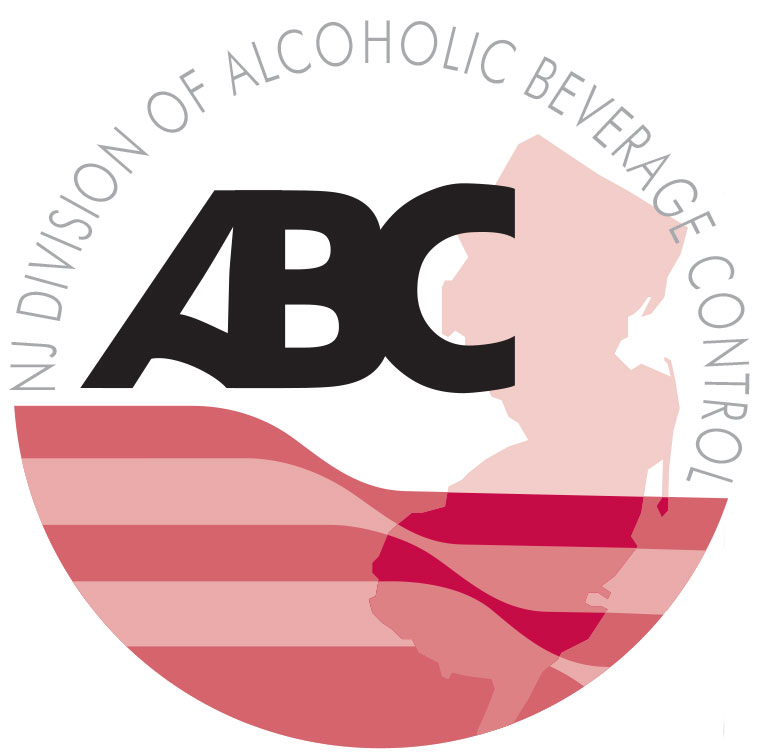For Immediate Release: August 25, 2023
Office of the Attorney General
Division of Law
– Michael T.G. Long, Director
For Further Information:
Media Inquiries-
Allison Inserro, OAGpress@njoag.gov
Motion for Voluntary Dismissal And Vacatur
TRENTON – With the final adoption of a robust Occupational Safety and Health Administration (OSHA) rule to protect worker safety, the Office of the Attorney General announced the resolution of a multistate federal lawsuit led by New Jersey in 2019. The new rule, which strengthens public reporting of workplace health and safety information, will go into effect in January 2024.
“Our journey to defend the necessity of reporting workplace injuries and illnesses has been a long one, and we are grateful that the Biden Administration agrees that it is vital to have public transparency around worker safety,” said First Assistant Attorney General Lyndsay V. Ruotolo. “The new rule benefits everyone – employers, employees, and the public – by promoting safer conditions on the job and demanding increased accountability. This is a tremendous win, not only for New Jersey but for all workers nationwide, and will result in significant benefits to occupational safety and health.”
On-the-job injuries and illnesses remain unacceptably high, with American workers experiencing more than 3 million serious injuries and illnesses per year.
The much-anticipated final rule, which was published in the Federal Register on July 21, 2023, will improve workplace safety by encouraging employers to abate existing hazards and empowering workers to identify risks specific to their jobs and seek improvements. The rule was first proposed under the Obama Administration in 2016, but was subsequently delayed and then reversed under the Trump Administration.
New Jersey, along with Illinois, Maryland, Massachusetts, Minnesota, and New York initiated a federal action in 2019 to challenge OSHA’s decision to roll back the public reporting requirements.
In the midst of the states’ litigation, OSHA reversed its position under the Biden Administration and released a final rule similar to the one it released in 2016, making the civil case moot. As a result, the states have asked the U.S. Court of Appeals for the District of Columbia to dismiss the case. The filing is available here.
The final rule provides for even greater reporting of injury and illness in high-risk industries than the initial proposal in 2016. The final rule’s detailed injury and illness reporting requirements apply to employers with 100 or more workers in designated high-risk industries whereas the requirements originally applied only to workplaces with 250 or more employees regardless of industry.
Highlights of the New Rule
The new rule requires certain large employers – those with 100 or more employees in high-risk industries — to submit to OSHA information from two different workplace injury and illness tracking forms that employers are already required to maintain. Specifically, the rule requires these employers to annually submit a Log of Work-Related Injuries and Illnesses (OSHA Form 300) and an Injury and Illness Report (OSHA Form 301) to OSHA.
The forms request detailed information about workplace injuries and illnesses, such as what the injured employee was doing before the accident, how the injury occurred, what the specific injury or illness was, which part(s) of the body were affected, where in the establishment the injury occurred, the job title of the affected employee, and what object or substance directly harmed the employee. This comprehensive information about the nature and severity of workplace safety incidents and risks will help determine patterns that inform educational and compliance outreach.
In addition, the collected information will be made available to the public electronically. Any employee-identifying information will be excluded, as will names of healthcare professionals and names and addresses of facilities where treatment was provided if treatment was administered away from the worksite.
This matter is being handled by Assistant Section Chief Andrew Yang and Deputy Attorneys General Amanda Morejón and Ashleigh Shelton, under the supervision of Section Chief Jessica Palmer, of the Special Litigation Section within the Division of Law’s Affirmative Civil Enforcement Practice Group.
###








































